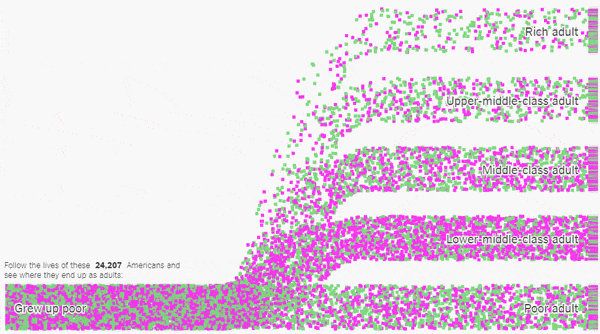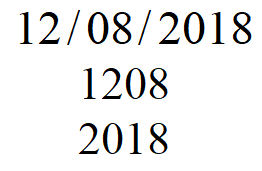Another year in the books! And another busy one. Here’s a quick look back at my 2018: A year full of interesting professional opportunities and challenges.
In June of this year I was named an inaugural winner of the MfA Muller Award for Professional Influence in Education. This generous award recognizes Math for America Master Teachers who influence the teaching professional in exceptional ways. Here I am with Pete Muller (who created the award), Math for America founder Jim Simons, and the inaugural science teacher awardee, Seth Guiñals-Kupperman.

That same month I was named a National STEM Teacher Ambassador as part of a joint program between the National Science Teachers Association (NSTA) and the National Council of Teachers of Mathematics (NCTM). Ambassadors were selected among previous PAEMST awardees, and received training in policy and advocacy. As part of my work as teacher ambassador, I wrote “There’s More to Math than Drills“, an op-ed for NSTA that responds to a call for more drilling in math classrooms.
I continued writing my column for Quanta Magazine, in which I try to create bridges between research mathematics and what happens in the classroom. My favorite pieces from this past year were about complex numbers and octonions, coloring the plane, and the mathematics of vaccinations. And I ran a workshop for teachers with Quanta’s Thomas Lin on how to bring modern discoveries from math and science into the classroom.
I also wrote a math lesson on economic mobility for the New York Times Leaning Network that uses a wonderful interactive infographic built from a landmark study of income data from 20 million Americans.

I presented at several conferences this past year, including the NCTM Annual Meeting and the NYS Master Teacher Summer Conference, and I ran workshops for teachers through Math for America. And I already have a busy schedule set for 2019!
I had some unique and amazing speaking opportunities this past year. I appeared on the My Favorite Theorem podcast, where I talked about why I love Varignon’s Theorem both as a mathematician and as a teacher. And through Math for America, I participated in a Story Collider event where I told the story of my ever-changing relationship with mathematics.
All this, of course, on top of a full year of teaching, instructional coaching, creating new courses, and a brief stint as department chair! I’m thankful to have enjoyed a productive and fulfilling 2018, and I look forward to more in the new year.
Related Posts


